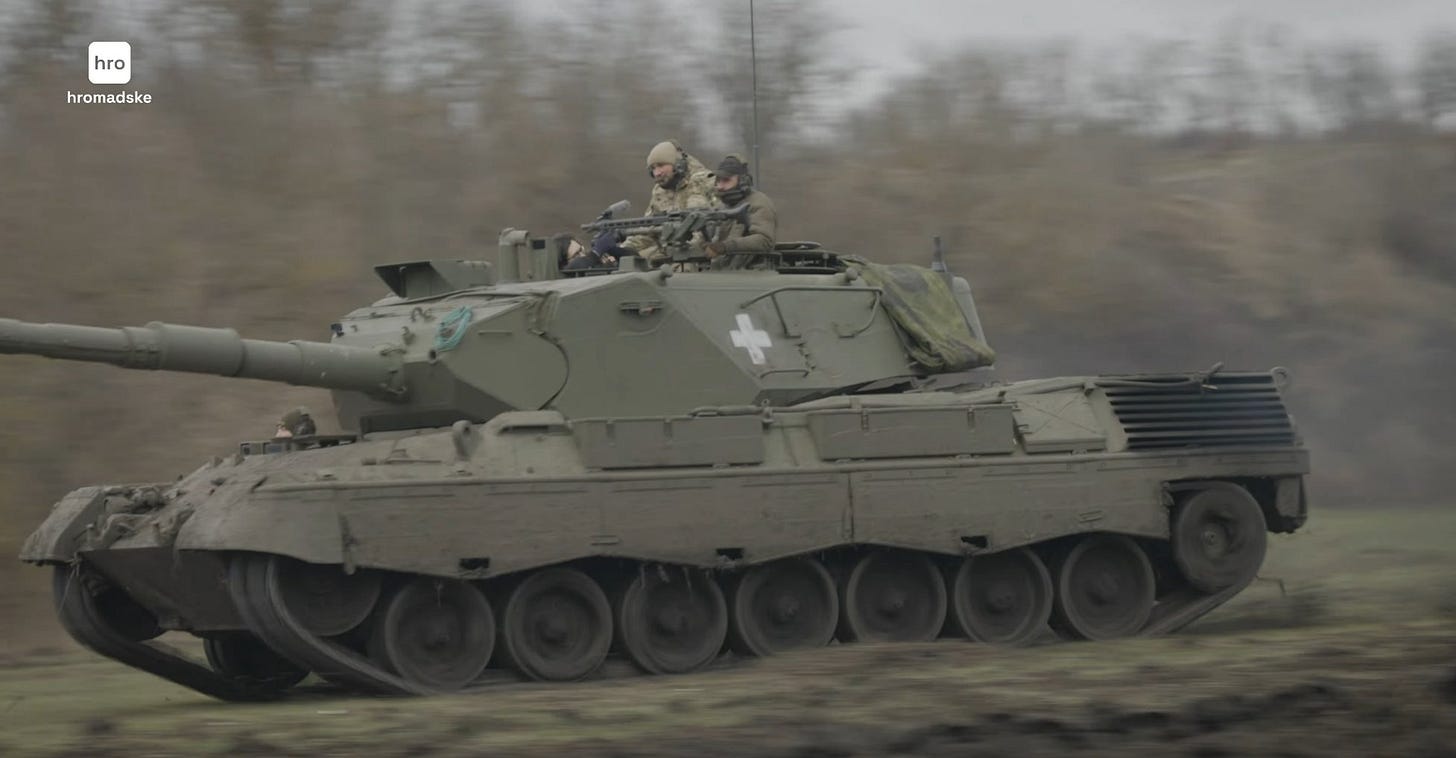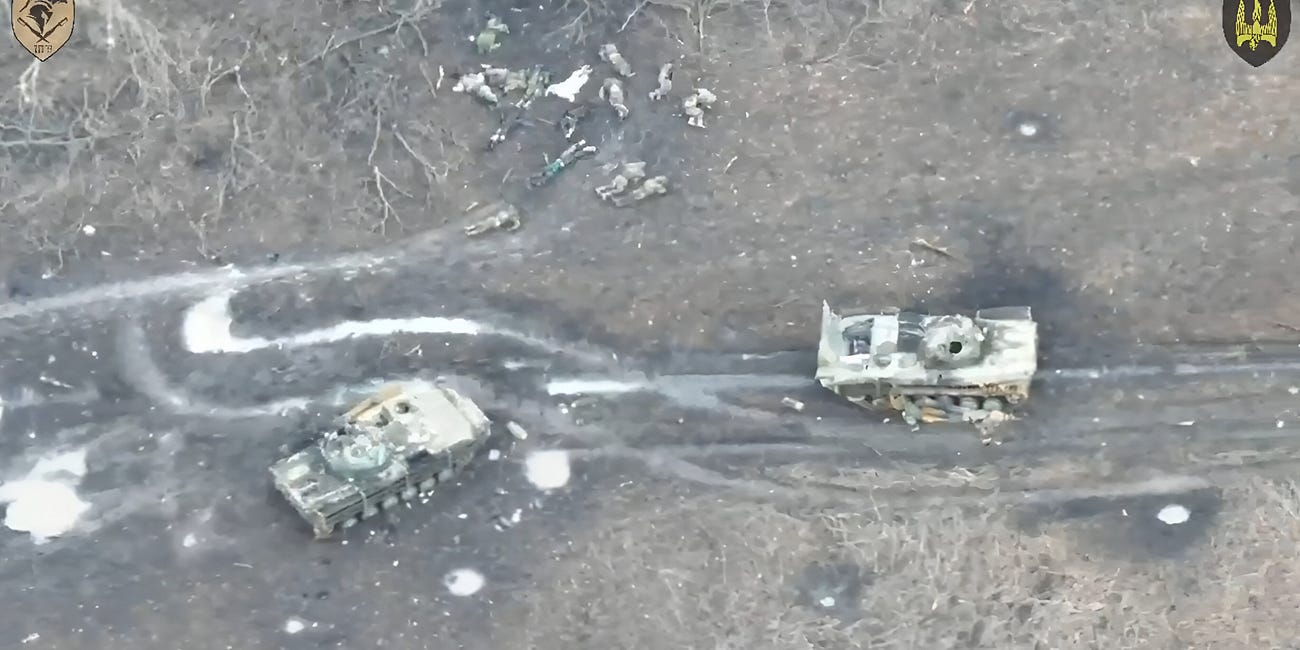Where In the Hell Are Ukraine's Leopard 1A5 Tanks?
Sitting in some factory, awaiting repair, is where
Starting way back in February 2023, Denmark, Germany and The Netherlands announced they jointly would donate to Ukraine at least 195 Leopard 1A5 tanks.
The German-made, 1980s-vintage Leopard 1A5 isn’t a bad tank. It’s got precise day-night optics and a stabilized 105-millimeter main gun. Weighing just 40 tons, the four-person tank is highly mobile.
What it isn’t, is heavily protected. Its steel armor is just 70 millimeters thick at its thickest. That’s a tenth the protection that a 2000s-vintage Leopard 2A6 enjoys.
But the Leopard 1A5 is, in theory, available in large numbers. The Danish-German-Dutch consortium identified at least 165 ex-German and ex-Danish Leopard 1A5s and 1A5DKs as well as 30 ex-Belgian 1A5BEs, with enhanced fire-controls, that German firms Rheinmetall and Krauss-Maffei Wegmann could refurbish for Ukraine.
That was a year ago. Today, maybe 50 Leopard 1s actually are in Ukraine. It’s possible Leopard 1A5s and 1A5DKs equip the Ukrainian army’s 44th Mechanized Brigade and 5th Tank Brigade; some 1A5BEs apparently equip the 59th Motorized Brigade.
That’s three or four Leopard 1A5-equipped tank companies out of eight or nine the Europeans said the Ukrainians would have before the end of 2023—and out of nearly 20 they ultimately should get.
All that is to say, the Leopard 1A5s are way, way late. And the Danes are blaming the Germans. “The reason is that we had problems repairing the tanks,” Danish acting defense minister Troels Lund Poulsen told Danish newspaper Jyllands-Posten. “The Germans were delayed with their repairs.”
We should have know this would happen.
According to Der Spiegel, Ukraine rejected a batch of 10 Leopard 1s owing to the tanks’ poor material condition. Similarly, several other Leopard 1s that arrived in Ukraine last summer immediately broke down. German officials determined that the tanks wore out during intensive, two-week training courses for Ukrainian crews.
The Leopard 1A5s were in worse shape than their donors expected. Worse shape than German industry quickly can fix. Part of the problem is a serious shortage of spare parts for tanks—a shortage that also afflicts Ukraine’s battle-damaged Leopard 2 tanks.
How bad is the parts problem? So bad that, in September, the Brazilian army suspended a plan to upgrade its own Leopard 1A5s. “Global demand for tank parts is high,” the army explained. “No future date set.”
In one sense, the Leopard 1A5 delays hardly matter. The supply of tanks is not a major problem for Ukrainian forces, which still have many hundreds of relatively modern T-64s and T-72s as well as the survivors of those 31 M-1s that the United States donated. The Ukrainian military went to war 25 months ago with around a thousand tanks. Subtracting losses and adding donations, today it has … around a thousand tanks.
No, Ukraine’s main military needs are manpower, artillery ammunition and air-defenses. No quantity of Leopard 1A5s can make good these shortages.
But the tank-delays are embarrassing for the Europeans—and especially for the Germans. A generation of European under-investment in basic military needs, including spare parts for tanks, now is Ukraine’s problem.
Read more:
Outgunned and Outbombed, Ukrainian Troops Still Manage to Defeat Entire Russian Tank Battalions
Three days after sending a whole battalion with dozens of tanks and fighting vehicles on a one-way mission to assault an entrenched force of missile-armed Ukrainian paratroopers, the Russian army tried again to deploy a large mechanized force—a dozen T-72 tanks plus BMP and BTR fighti…






